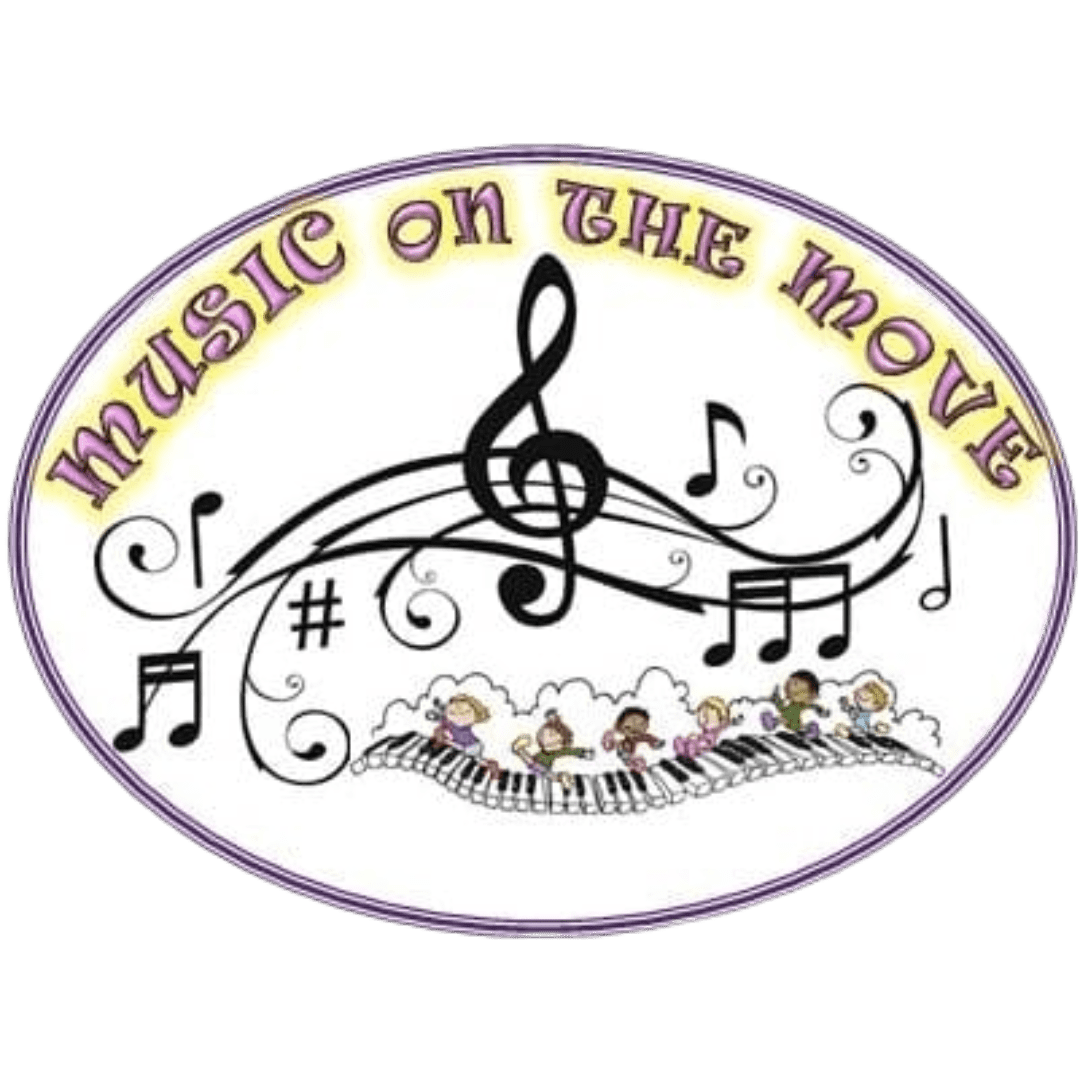"Music is a more potent instrument than any other for education, because rhythm and harmony find their way into the inward places of the soul."
– Plato
Knowledge Hub
"Music enhances the education of our children by helping them to make connections and broadening the depth with which they think and feel. If we are to hope for a society of culturally literate people, music must be a vital part of our children’s education."
– Yo-Yo Maa

Music = Science
Music is rooted in the principles of acoustics, a branch of physics. Concepts like frequency, amplitude, and wavelength explain how sound is produced, transmitted, and perceived.

Music = Math
Music relies on rhythmic patterns that involve counting beats and dividing time into fractions, such as halves, quarters, or eighths. This connection helps musicians develop a strong sense of timing and proportion.

Music = History
Music acts as a historical record, preserving stories, traditions, and emotions from various eras. National anthems, folk songs, and ballads often tell the stories of wars, revolutions, and significant cultural moments.

Music = Physical Education
Music helps individuals develop motor skills and body awareness by synchronizing movements to rhythms. It requires coordination of fingers, hands, arms, lip, cheek, facial muscles, back, stomach, and chest muscles which respond instantly to the sound the ear hears and mind interprets.

Music = Art
Both music and art evoke emotions through rhythm, harmony, color, and composition. A piece of music might convey joy or sorrow, just as a painting can capture the same feelings through tones, textures, and imagery.
